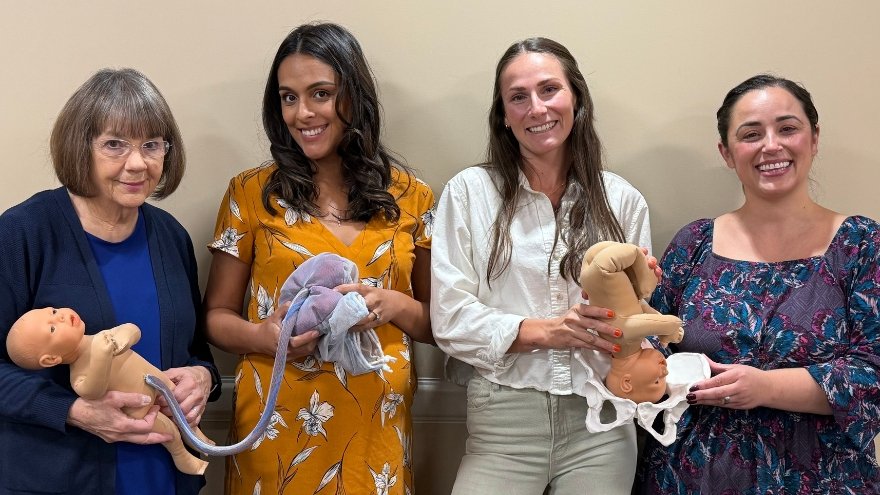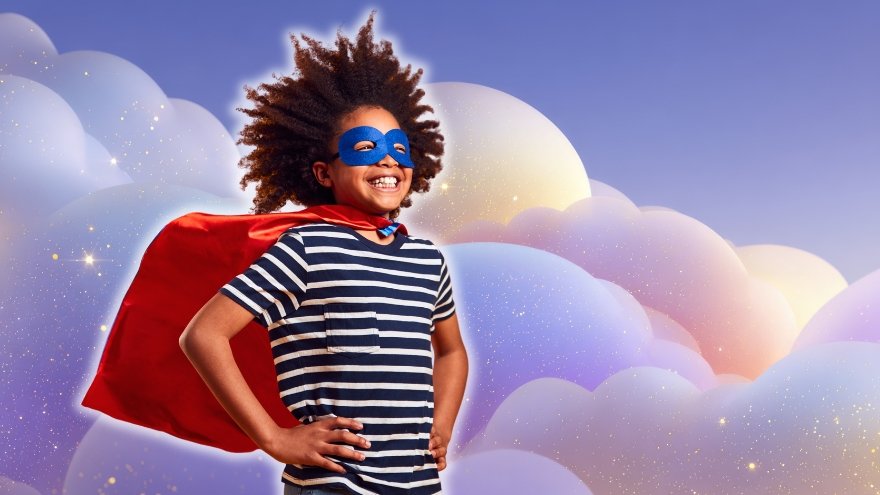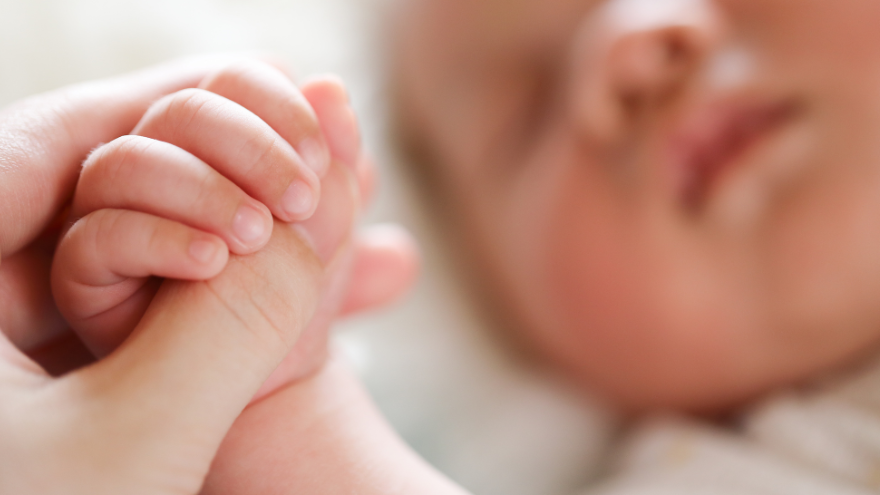
Top Safe Sleep Tips for Your Baby

Becoming a parent for the first time means lots of new unknowns – from learning to breastfeed and swaddle to buckling your newborn into the car seat for the first time. But when it comes to putting them to bed safely, it’s important to remember it really can mean life or death.
It’s something we’re taught before our little one is even here: the correct way to put your baby to bed safely. Sadly though, the number of infant deaths continues to climb.
The main culprit of sleep-related infant death continues to be all the items parents leave in the crib with their babies. According to the Center for Disease Control and Prevention, there are about 3,500 sleep-related deaths among babies each year.
“The best advice is ‘bare is best.’ Keep your infant’s sleep space clutter free – no blankets, bumpers, toys or pillows,” said Karen Wagner, Pediatric Nurse Practitioner.
Follow the ABCs for Safe Sleep
Remembering the ABCs is an easy way to remember how to put your little one to bed safely.
A: Alone
No blankets, toys or pillows. “We do recommend using a sleep sack as a blanket alternative,” said Karen. “It prevents the risk of suffocation and keeps your baby warm.” Keep in mind, the greatest risk for suffocation happens when babies are under 1 year of age, so it’s best to save the toys, blankets and pillows for their “big kid bed,” or around 18 months old.
B: Back
The slogan “back is best” is another good reminder. Keeping your baby on their back until they’re old enough to rollover helps reduce the risk of Sudden Infant Death Syndrome (SIDS).
C: Crib
It is best to have your baby sleep alone in their crib. While co-sleeping may be enticing, especially after a late-night feed, it increases the risks of possible suffocation. However, “having your child in your room, in their own crib or bassinet, is protective for SIDS,” Karen said. “In fact, we think co-rooming reduces SIDS risk by almost 50 percent.” Co-rooming allows parents to keep new babies in close reach and helps parents oversee their baby’s sleep, just in case something happens.
Newborn Support Close to Home

Experts Advise: Don't Use Crib Bumpers
In most cases, babies suffocated after their noses and mouths were covered by a bumper or got stuck between a bumper and crib mattress. “Crib bumpers are dangerous because they pose a risk of suffocation for your infant,” said Karen. “If an infant rolls into a crib bumper and this results in covering of the infant’s nose and/or mouth, this can lead to suffocation.”
Many parents and grandparents believe crib bumpers help prevent injury – reducing the risk of a baby’s limbs getting stuck between the slats on the crib. But experts say the risk of limb injury is very low, and the suffocation risk is simply too high.
“Once your baby is mobile enough to get stuck in the crib slats, they are also generally mobile enough to get out,” said Karen. “The risk of injury to an infant getting stuck in crib slats is very, very low. Approved infant cribs, without the drop side, have slats that are specifically spaced to prevent infant injury and entrapment.”
Related Blogs


Protect Your Child’s Health with Timely Vaccinations
